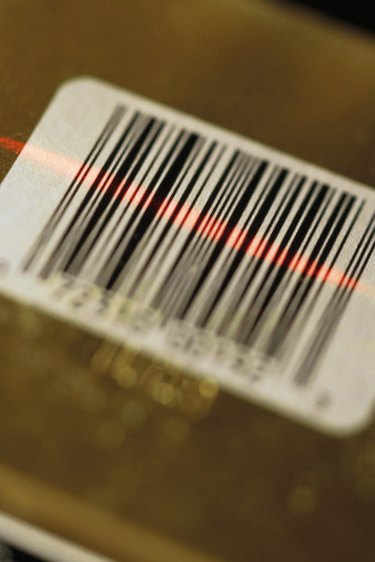
Functions of a radio frequency identification (RFID) tagging system include internal control of fixed assets, internal control of expensed assets and theft prevention. The RFID system involves a tag and a reader. When scanned, the antenna within the tag picks up the radio wave and sends a response back to the reader.
Physical Inventories
Video of the Day
A key component of internal control of fixed assets is the physical inventory, during which an auditor locates and records all capitalized assets. The function of the RFID system is to make the physical inventory easier. An RFID tag should be physically attached to the asset at the time of acquisition and recorded in the property record. The tag number then becomes the primary identifier for the asset because it is linked to all information in the record regarding that particular asset. Pre-numbered tags can also provide numerical control.
Video of the Day
During a physical inventory/audit, the auditor scans the RFID tag on each asset. This triggers a transmission that "marks off" the assets in the property record database. The auditor may then print the list of assets and see which were not located.
Internal Control of Expensed Assets
Companies may choose to use RFID tags on smaller assets as well, since a good property control system includes all corporate assets, especially those that might get stolen or lost. The company should use a separate system or file for expensed items, since it is the capitalized assets that generate periodic depreciation expense and must be reconciled with the financial statements. Internal control should not be contingent on the cost of an item or capitalization policies.
Theft Prevention
Companies with a high volume of theft or in an industry with highly classified information may choose to install RFID scanners at the door. The scanner would alert the receptionist or security guard if an employee tried to leave with a tagged item.
RFID vs. Barcode Tagging
The primary disadvantage of barcode tagging is that the tags can get dirty and become hard to read. The RFID tag combats this disadvantage because the reader needs to be only within a few feet of the tag; it doesn't require direct line of sight for reading. It also cuts down the time required to complete a physical inventory because of how it works.
The primary disadvantage of RFID tags is the cost; they are much more expensive, partly because it requires system integration and an integrator. However, the time saved (including hourly pay for the inventory analyst) may outweigh the initial cost.